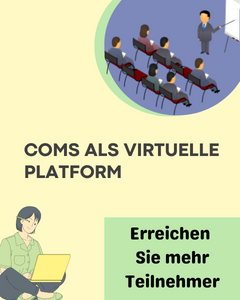Konferenzen > Physik > Mathematische Physik > Vereinigte Staaten
Wählen Sie ein Land aus
Belgien (2) Brasilien (3) China (1) Deutschland (6) Frankreich (5) Griechenland (1) Großbritannien (6) Japan (1) Kanada (7) Marokko (1) Schweiz (1) Spanien (1) Vereinigte Staaten (4) Österreich (1)
Vereinigte Staaten
1
AMS Special Session on Scalar Curvature and Topology
28. Mär 2026 - 29. Mär 2026 • Savannah, Georgia, Vereinigte Staaten
Eintrags-ID:
1682571
2
Spectral theory and mathematical physics (in honor of Barry Simon)
27. Apr 2026 - 01. Mai 2026 • Pasadena CA, Vereinigte Staaten
Eintrags-ID:
1687600
Webseite:
3
Analysis of Partial Differential Equations arising in Physics
13. Jul 2026 - 17. Jul 2026 • New Brunswick, NJ, Vereinigte Staaten
Eintrags-ID:
1687556
4
Mirror Symmetry, Calabi-Yau Threefolds, and Connections to Physics
28. Sep 2026 - 02. Okt 2026 • Providence, Vereinigte Staaten
Eintrags-ID:
1680286
Conference-Service.com stellt der Öffentlichkeit ein Kalendarium wichtiger Konferenzen, Symposien und sonstiger Tagungen im wissenschaftlich-technischen Bereich zur Verfügung. Obwohl das Verzeichnis mit großer Sorgfalt zusammengestellt und ständig aktualisiert wird, weisen wir auf die Möglichkeit von Fehlern ausdrücklich hin. Bitte vergewissern Sie sich immer beim Veranstalter, bevor Sie über die Teilnahme oder Nichtteilnahme an einer Konferenz entscheiden.
Stand vom 15. Dezember 2025



